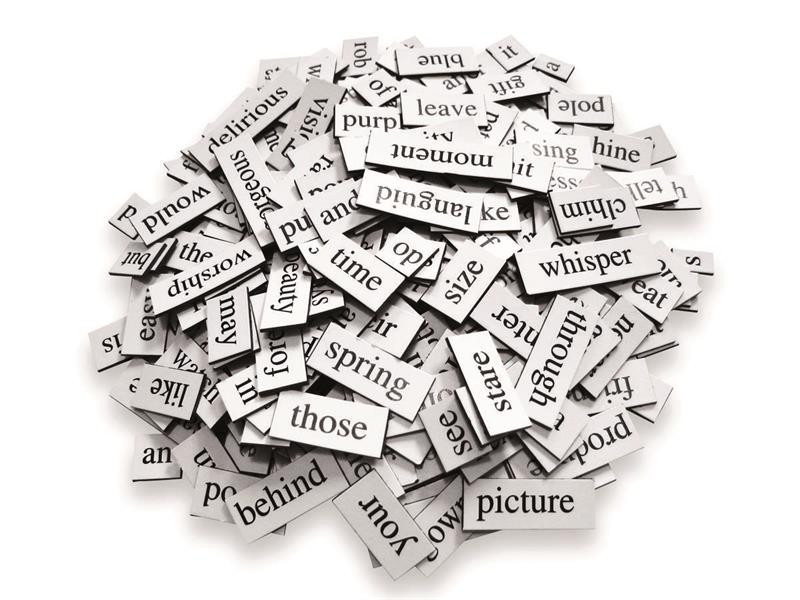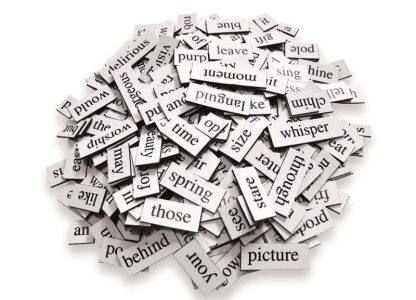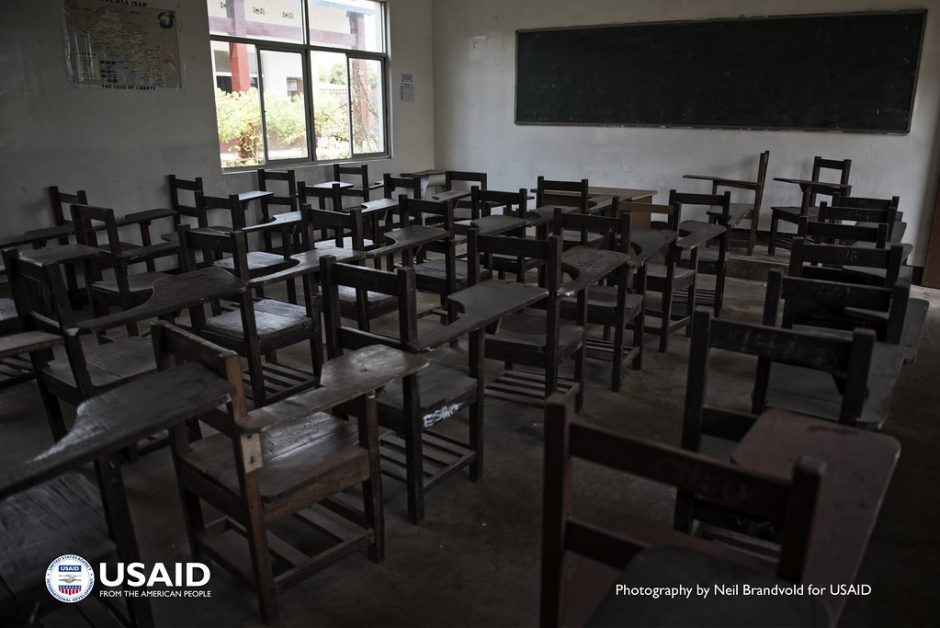Over at “The Confident Teacher” Alex Quigley (@alexjquigley) posted 10 Creative Ways to Teach Vocabulary on which this post is based. It is well worth a read before reading this post. This focus on this post, is reusable.
Alex’s post connects with my professional interest in teaching vocabulary, reading Chris Such’s (@Suchmo83) excellent book, almost weekly visits to a Year 4 classroom, listening to Sold a Story, and of course teaching.
Back to 10 Creative Ways to Teach Vocabulary
Vocabulary is more than pupils being familiar with new words. Agreed. How do you foster that curiosity and intrigue? How do we manage the time consumed when this new curiosity takes hold. Trust me, when it does take hold (as it has in the Year 8 class, with Dickens), you can find yourself inundated with enquiries. Furthermore, how can teachers reduce workload of producing materials to teach this vocab, whilst pupils retain more?
Potentiation of learning is one opportunity to develop word curiosity. Sharing ahead of lessons and pre-teaching vocabulary ahead of the text primes learning and perks (or potentiates) pupils interest. Then using and applying that vocabulary during and after lessons develops confidence.
Second – introducing what I call “power vocab,” correctly termed “Keystone vocabulary,” better enables pupils to access the learning in the first place. It smooths out the instruction phase. I find this type of vocabulary relatively binary. Pupils either know what a tourist is, or they do not. Pupils either know or have experienced an excursion, or they have not. So teaching it explicitly is direct and efficient.
Third – increasing access to the vocabulary can only be a good thing. Here is the Y07 Aut 2 Travel Writing deck. (I know, Dover, hardly a glamorous destination.) Learning vocab, practically is a strong homework task. A quick quiz showing both teacher and pupil whether it has been retained. (Out with the homework “handed in / “not handed in.” It is now learnt or not with a rather low bar ‘50% success’ expectation.
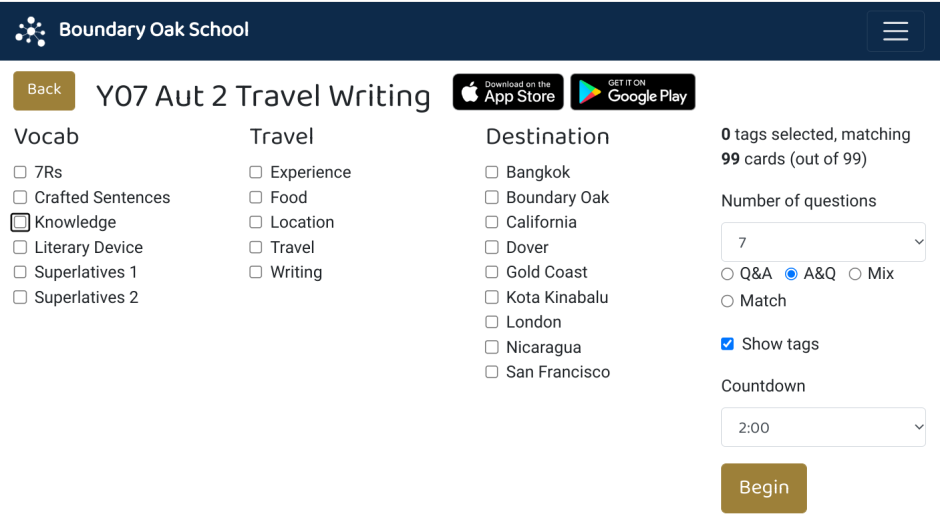
How and what vocabulary to teach
Alex offers 10 ways to teach vocabulary for teachers from various subjects and ages to select from. I would recommend routine-ing at most three, possibly four strategies. Professionally, I use just two for 90% of the teaching and re-teaching. MATCH (recognition recall) and Q-A (free recall) both readily available in classroom.remembermore.app. For consolidated or secure vocabulary, adding a little extra difficulty, I may remove tags or sometimes use A-Q (free recall) format. Noting it is also faster to record the ‘word’ than to record the ‘definition.’ allowing greater coverage of the deck. 10 cards in 60 seconds is comfortable. Perhaps the greatest gain is all lessons start with a routined, systematic, independent, silent, vocab task. If I get time, I will pen a post on that – with thanks to all those educators who contributed.
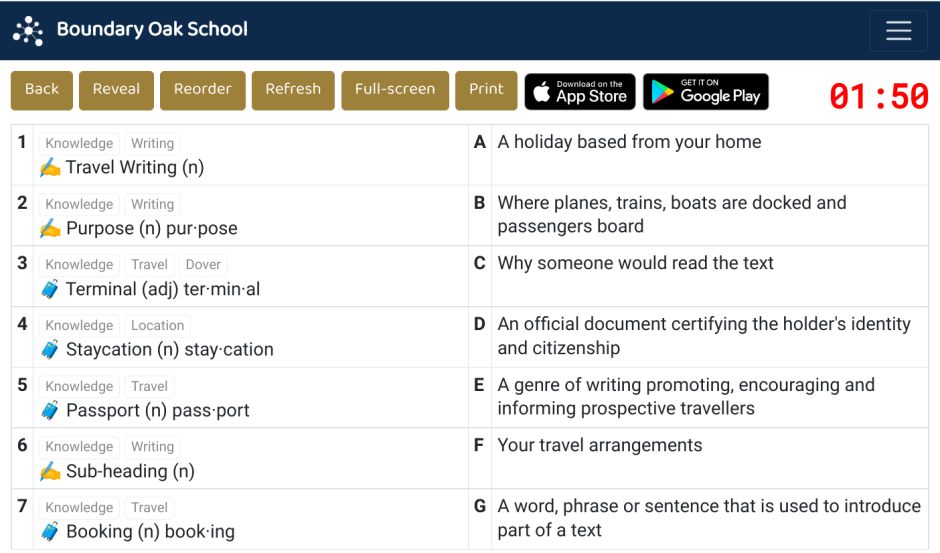
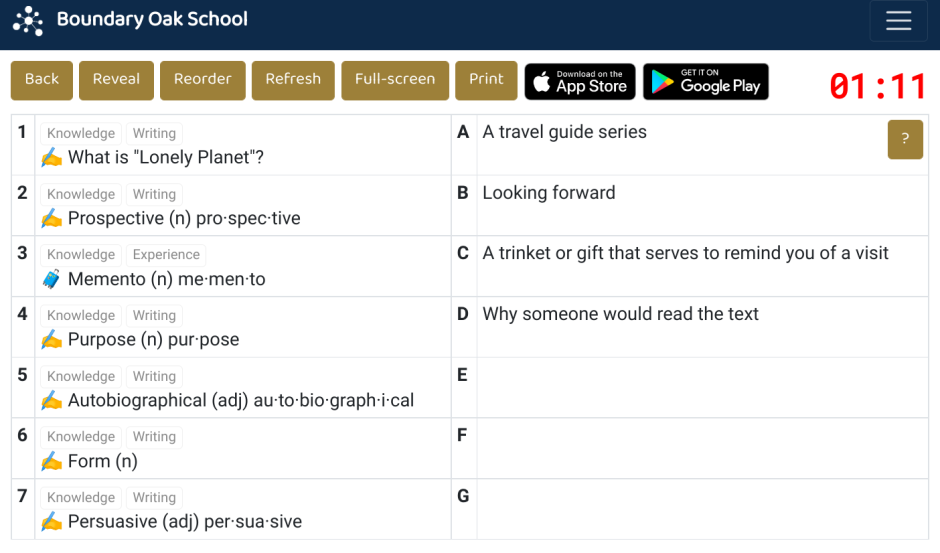
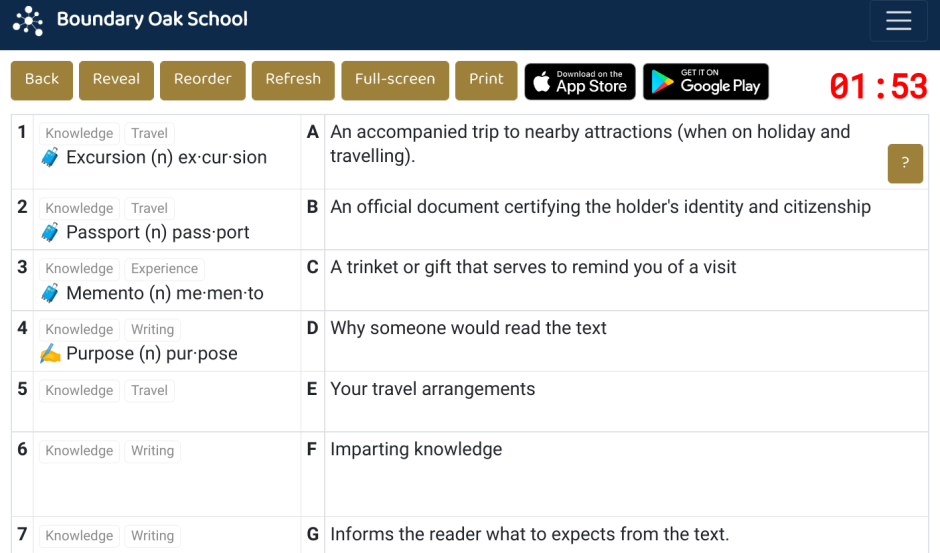
More of the what vocabulary and a little why
Knowing that, knowing 98% of the vocabulary of a text is required for “comfortable” comprehension, I have widened my vocab net. Yet, no matter how diligent I think I am in selecting and pre-teaching the vocab, the pupils queries continue to surprise me.
“Studies have measured readers’ tolerance of unfamiliar vocabulary, and have estimated that readers need to know about 98% of the words for comfortable comprehension.”
The Reading Mind — Daniel Willingham
This week – Year 7s travel writing (prior attainment profile of the class 95-130). Having selected and pre-taught typhoon, gastronomical, paradise, “adventurer’s delight,” and “off the beaten adventure” with the class seeking clarification for: prone, varied, trek, boasting, adrenalin and Agni.
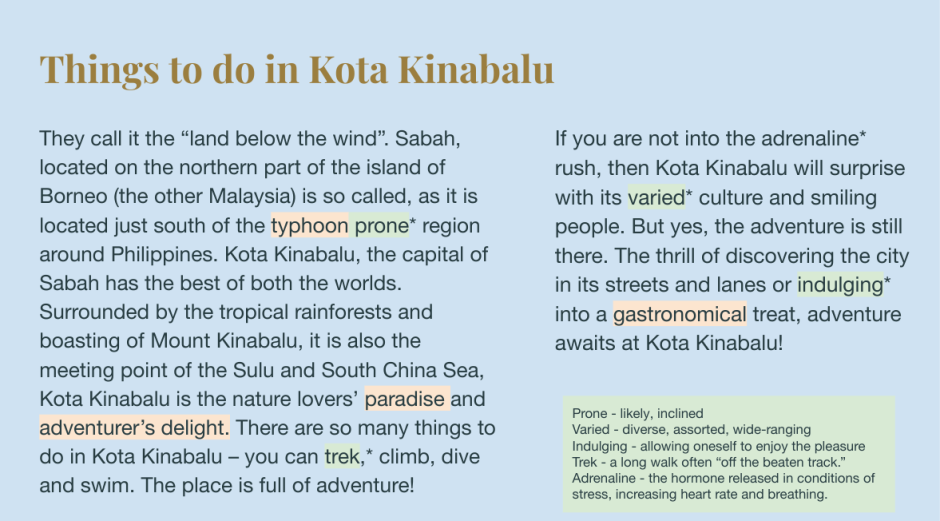
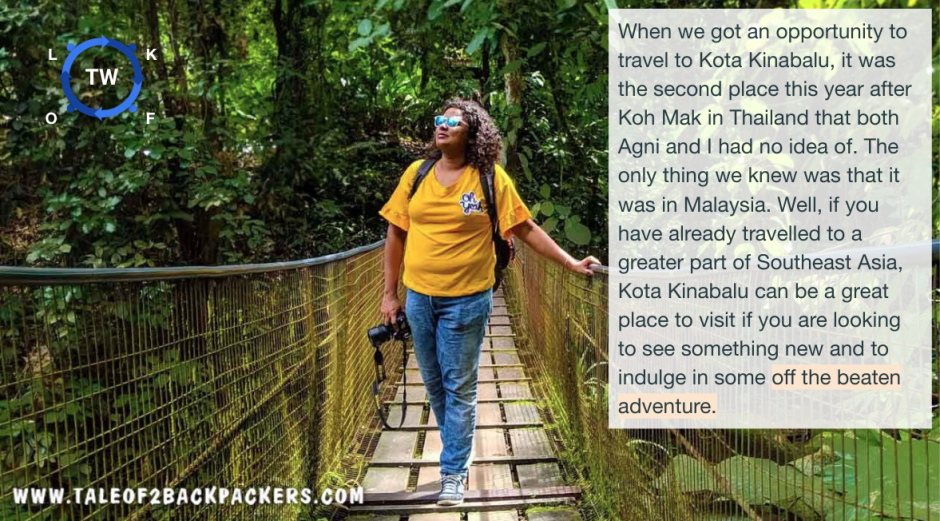
“When we got an opportunity to travel to Kota Kinabalu, it was the second place this year after Koh Mak in Thailand that both Agni and I had no idea of. The only thing we knew was that it was in Malaysia.”
https://www.taleof2backpackers.com/
We immediately know that ‘Agni’ is the bloggers companion. Some in the class did not.
So, after reading Alex’s post, what is it I am contributing here? Select the write text, what and how much vocab to select is an important consideration. Most pupils queries were for vocab that I would never have dreamed of adding to a “Travel Writing” knowledge organiser or RememberMore deck. Second, there are professional insights from teaching a lesson, a text, an extract, that next year’s pupils will benefit from. (I have added the green box to the slide and the pupils extracts booklet.) Experience, or even better, a shared experience, is invaluable. (I know a few former curriculum colleagues who would have previously helped wrestle this edu-croc.)
On Alex’s 10 Creative Ways – I would add, if teachers are using “flashcard style prompts” with tags, as opposed to purely defining words or using MCQs, you open up a world of reusable possibilities for connecting words and / or tags, in addition to having access to Connect 4, Vocabulary triplets, Word chains and Six degrees of separation. Reusable is important. Create the required RememberMore flashcards once, use them to potentiate, and reuse them to encode vocab, and then remember or relearn the vocab. Across the dept, the school even, this year and for future classes too.
And whilst we are here and signposting Alex’s blog. Here is a open and hand deck: 75 alternatives to S/he said.
Here is the final point. Class and homework with RememberMore is systematised, the routine has ossified. Lessons start promptly and efficiently. Pupils are informed, the vocab is seeping into class conversation. Pupils are able to access more of the travel texts as they are closer to the ‘98% comfortable comprehension’ benchmark. If you use RememeberMore, teacher also get insights on what to reteach. Next lesson we will revisit the meaning of ‘excursion’ and ‘terminal.’ Recently we amended ‘itinerary’ and added ‘tourist.’

